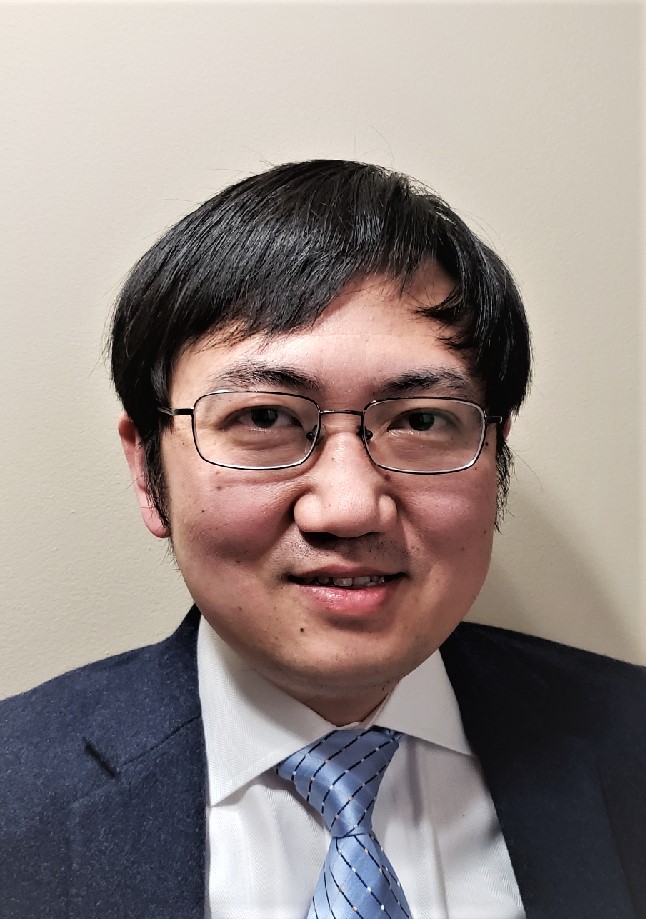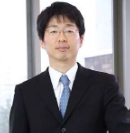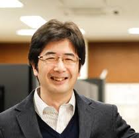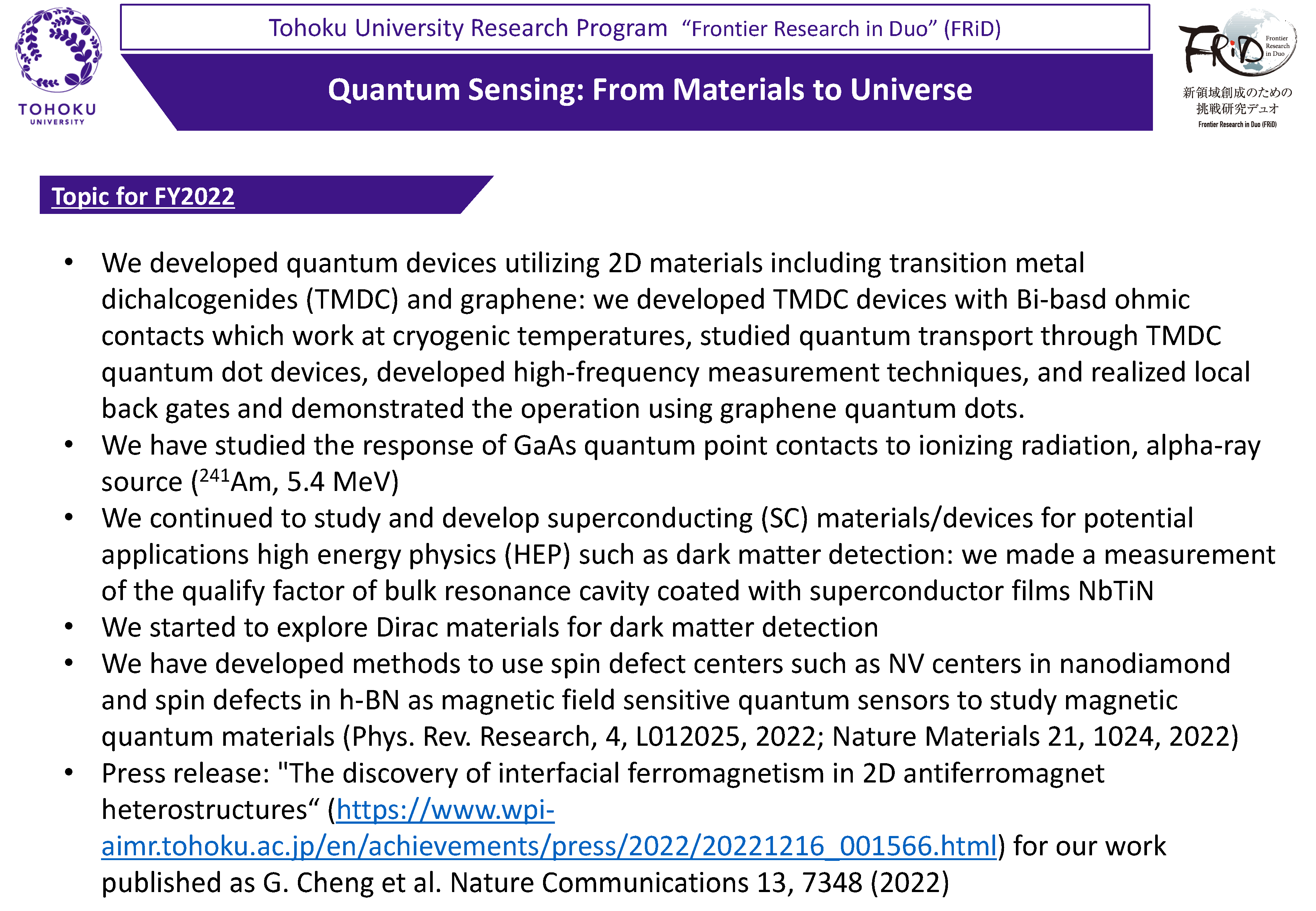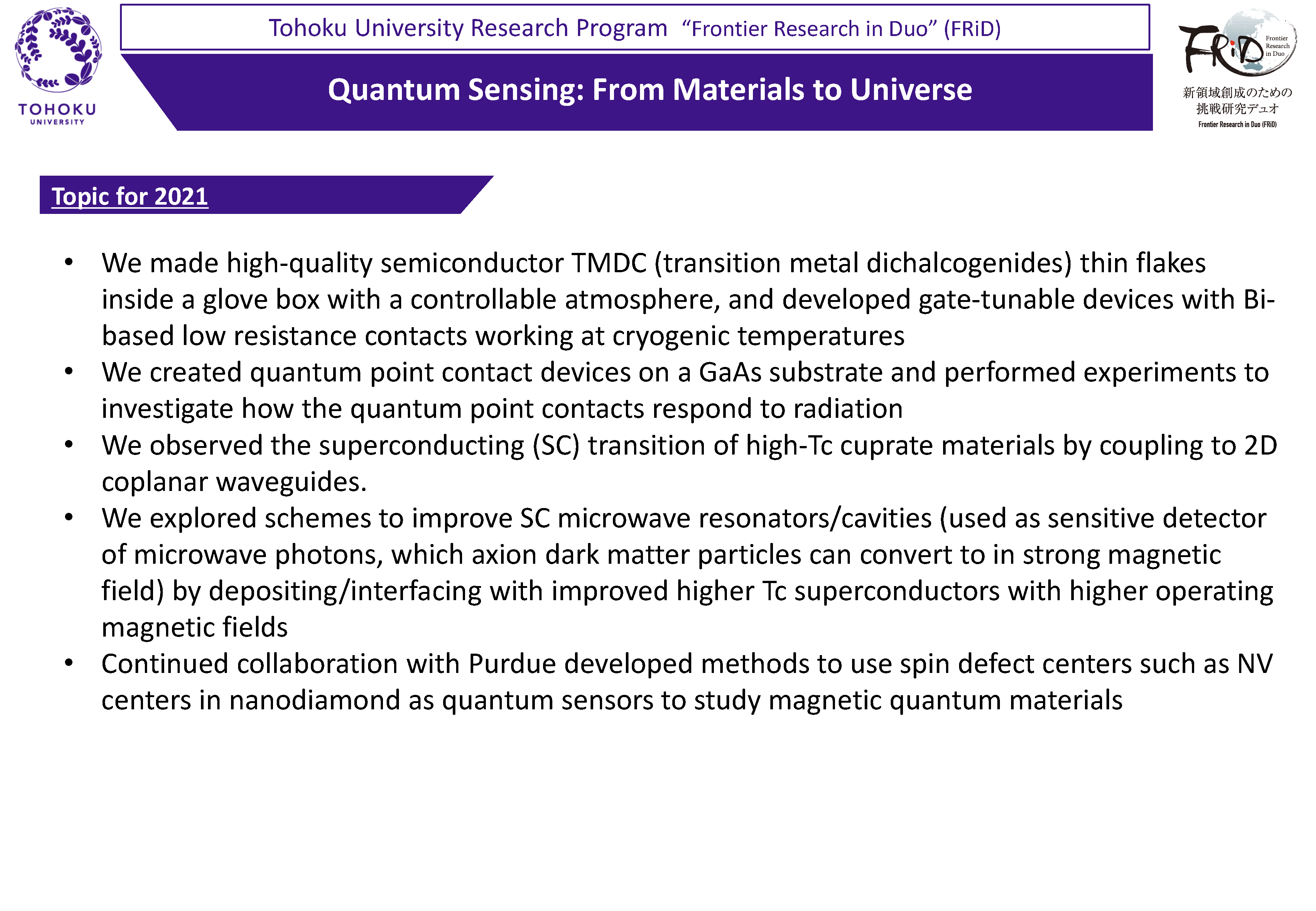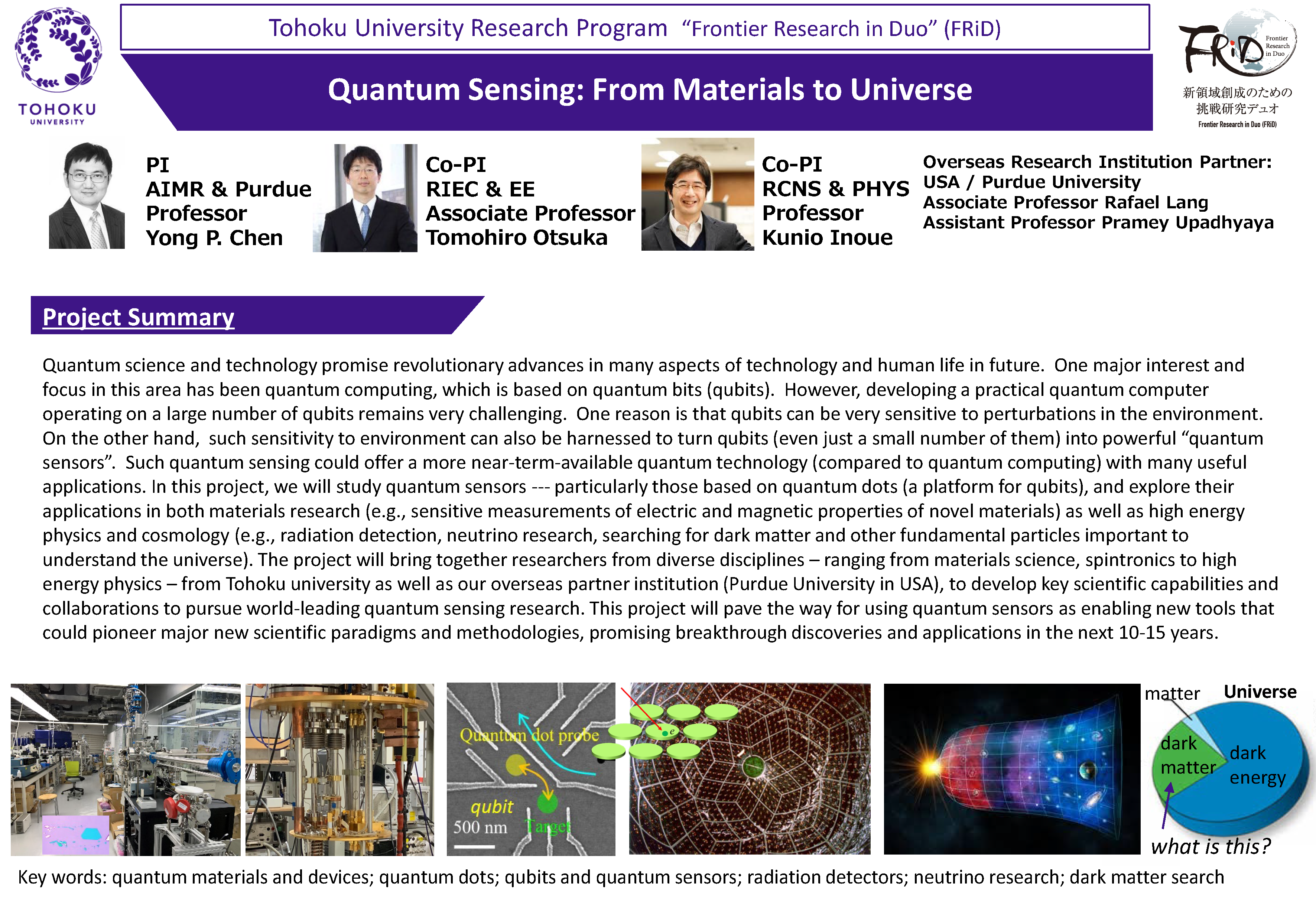Researcher name
Project Summary
Quantum science and technology promise revolutionary advances in many aspects of technology and human life in future. One major interest and focus in this area has been quantum computing, which is based on quantum bits (qubits). However, developing a practical quantum computer operating on a large number of qubits remains very challenging. One reason is that qubits can be very sensitive to perturbations in the environment. On the other hand, such sensitivity to environment can also be harnessed to turn qubits (even just a small number of them) into powerful “quantum sensors”. Such quantum sensing could offer a more near-term-available quantum technology (compared to quantum computing) with many useful applications. In this project, we will study quantum sensors — particularly those based on quantum dots (a platform for qubits), and explore their applications in both materials research (e.g., sensitive measurements of electric and magnetic properties of novel materials) as well as high energy physics and cosmology (e.g., radiation detection, neutrino research, searching for dark matter and other fundamental particles important to understand the universe). The project will bring together researchers from diverse disciplines – ranging from materials science, spintronics to high energy physics – from Tohoku university as well as our overseas partner institution (Purdue University in USA), to develop key scientific capabilities and collaborations to pursue world-leading quantum sensing research. This project will pave the way for using quantum sensors as enabling new tools that could pioneer major new scientific paradigms and methodologies, promising breakthrough discoveries and applications in the next 10-15 years.
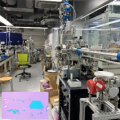
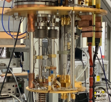
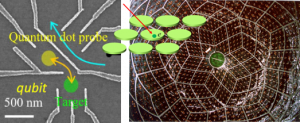
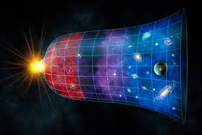
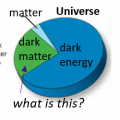
Key words: quantum materials and devices; quantum dots; qubits and quantum sensors; radiation detectors; neutrino research; dark matter search
Results
【2022】
【2021】
【2020】
【2019】
- Developing experimental protocols that allow us to measure 2D/topological materials in the facilities in RCNS with their cryostats, electronics, and radiation sources, and also in the dilution fridges in RIES with the electronics setup.
- Identified first batch of experimental projects that can be commenced, including interfacing superconducting resonance cavities fabricated in RCNS and semiconductor quantum dots fabricated in RIEC with 2D materials fabricated in AIMR to explore materials sensing; study semiconductor quantum dots fabricated in RIEC for radiation detection
- Started exploring designs based on existing materials and device structures, particularly superconductor high Q resonance cavity and cryogenic ultra-low noise high frequency amplifier, to improved sensing application and dark matter detection.
- Started collaboration with Purdue on NV centers sensing of magnetic materials
Press Release
2022.12.16:The discovery of interfacial ferromagnetism in 2D antiferromagnet heterostructures


